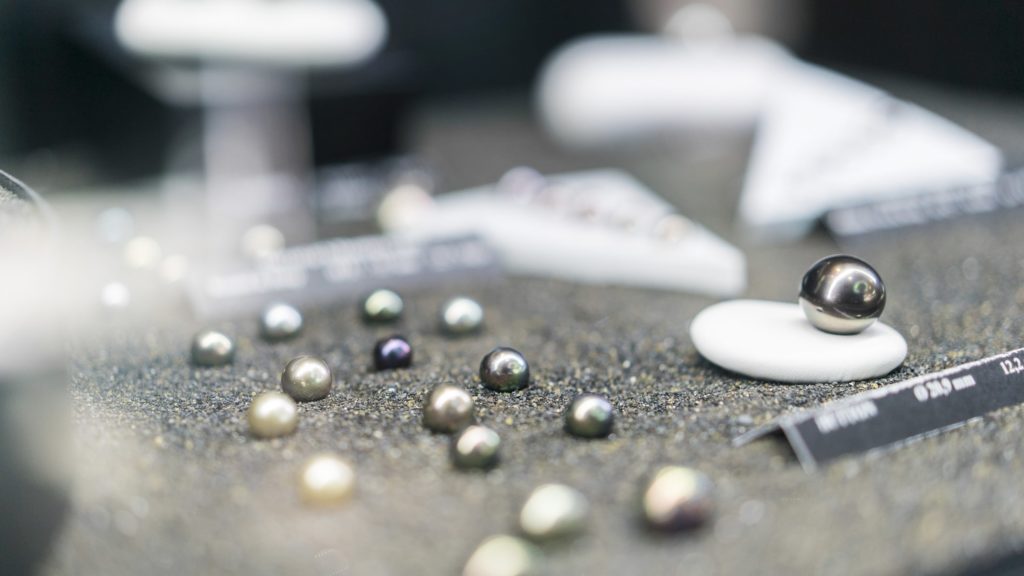
12/07/2021
Polynesian mythology speaks of black pearls as the first shards of light given by the Creator to Tāne, a deity who presided over the ten levels of the sacred heavens. Tāne made them into stars before sending them to Ruahatu, the god of the oceans, to illuminate his universe.
Polynesian mythology speaks of black pearls as the first shards of light given by the Creator to Tāne, a deity who presided over the ten levels of the sacred heavens. Tāne made them into stars before sending them to Ruahatu, the god of the oceans, to illuminate his universe. Then the god 'Oro, deity of Beauty, Harmony and Peace, offered them to the women he seduced. When his work was completed, he entrusted the pearl oyster to the humans to commemorate his journey on earth.
Discover the pearl oyster during your Polynesian cruise
The origin of the Tahitian cultured pearl is the Pinctada margaritifera, a pearl oyster found in the lagoons of the Polynesian islands and more particularly in the Tuamotu and Gambier archipelago. This oyster naturally secretes a pigment that gives its characteristic hues to the Tahitian pearl.
Living in the lagoons of the Polynesian atolls, Pinctada margaritifera measures 25 to 35 cm in diameter. Its natural state lives attached to coral and feeds on plankton, small creatures and plants floating in the lagoon. Many observers claim that the Polynesians knew about it long before the arrival of the Europeans. They made extensive use of mother-of-pearl for hooks and ornaments, as well as "natural" pearls.
Main characteristics of the Tahitian black pearl

Contrary to popular belief, the Tahitian pearl is not entirely black, although it can be very dark and very close to it. It has shades of green, brown, grey, blue and even purple, not to mention harmonic reflections, making it exceptionally beautiful. Its quality is evaluated by its size, the thickness of the mother-of-pearl and its beauty: generally, it is between 8 and 14 mm and has a mother-of-pearl thickness of at least 80%. Below this, it cannot be marketed.
If the shape of the Tahitian black pearl can vary (semi-round, circled, baroque), you should know that during your French Polynesian cruise, if you get a perfectly round one, with a flawless surface, with a specific lustre (shine and brilliance), it is a rare and highly sought-after pearl.
Everything you need to know about pearl farming during your Polynesian cruise
In order to obtain these perfect pearls, long human work is necessary. From the collection of young oysters to their rearing, several years of effort and attention are necessary before obtaining a beautiful Tahitian black pearl via delicate grafting and harvesting. A cruise in French Polynesia aboard the Aranui and a cruise to the Tuamotu and Gambier Islands, where the production is concentrated, will allow you to discover this long-term work carried out by Polynesians who have become actual farmers of the lagoons.
Would you like to discover the Polynesia? Check out our cruises in French Polynesia:

Read also



